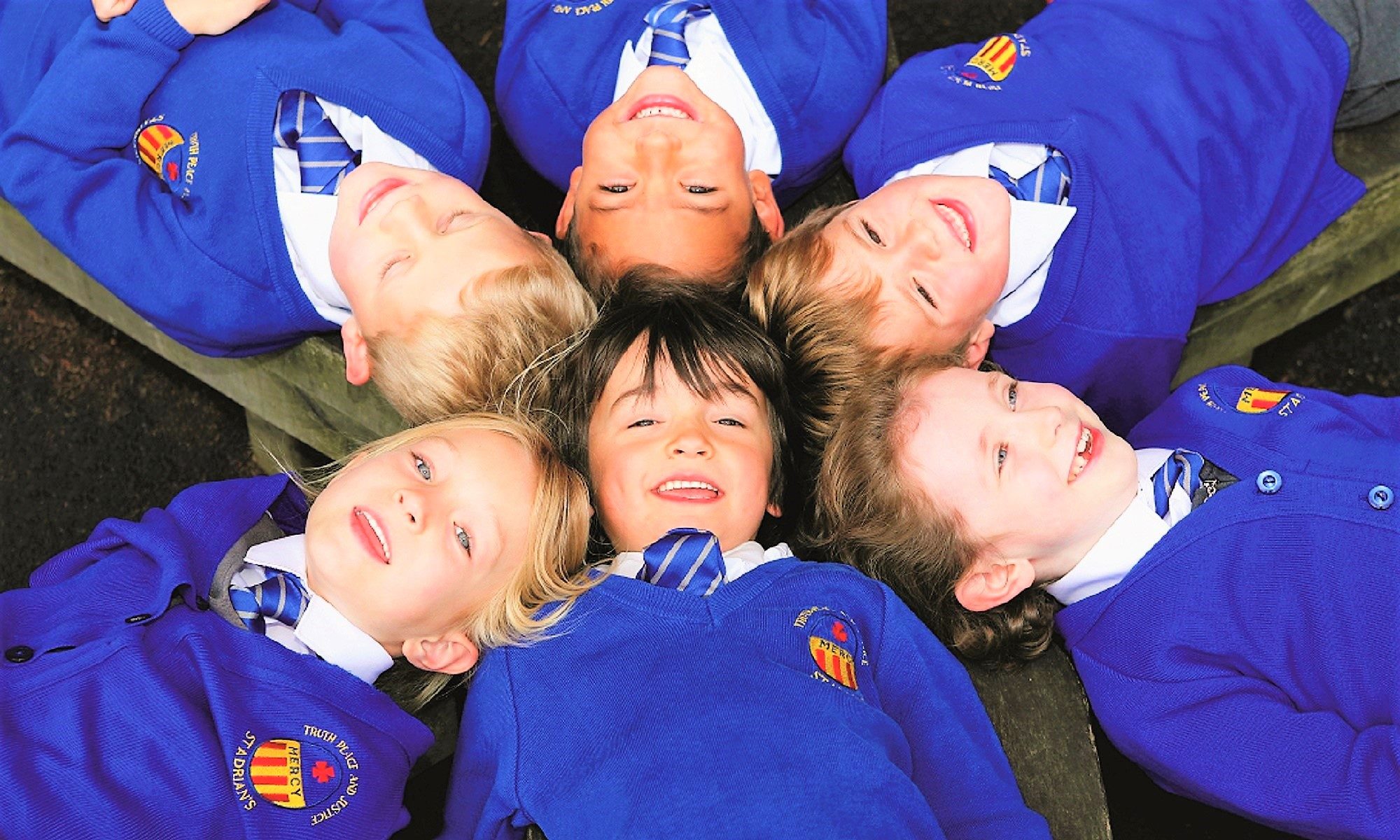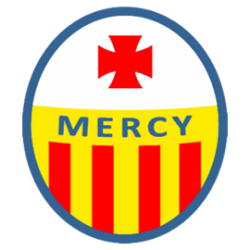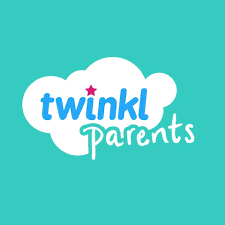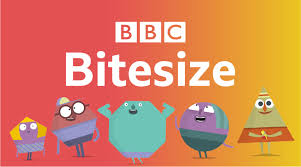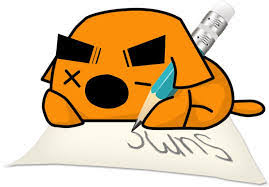What can I do to help at home?
There are lots of things that you can do at home together to support writing. We have put together some useful information to help develop the key skills.
Handwriting
Just as we have worked with Joe Wicks to keep our bodies fit and active, we need to keep the muscles we use for writing in good shape too.
Twinkl has a wealth of handwriting practice resources that you can access for free.
Sign up for a free parent account using the code, PARENTSTWINKLHELPS.
Spelling
Keep those spelling skills in trim and make sure you know all of the spellings on the Year 2 common exception word list.
High frequency words are common words that make up the majority of written text. If you can spell the first 100 words and the next 200 words, you can be confident that you have a strong foundation for reading and writing.
All of the spelling patterns learnt in Year 2 are described in our Spelling Track Back. This also shows how each of the spelling patterns is supported by learning from the younger classes.
ICT Games has a collection free educational games that practise phonics, high frequency and common exception words.
Check out BBC Bitesize for guides to spelling at key stage 1.
SumDog has a host of fun games and activities to support spelling. It’s adaptive approach means that it will target challenges to each child’s needs.
Vocabulary, Grammar and Punctuation
Vocabulary, grammar and punctuation is developed through speaking and writing and by learning to recognise where it is used by others.
You can find out about the new learning for Year 2 in our guide to vocabulary, grammar and punctuation. Just like spelling, this learning is supported by the skills mastered in the preceding years.
The grammatical terms that children are expected to know and use are described in our grammar glossary for Year 2.
SumDog has a host of fun games and activities to support spelling. It’s adaptive approach means that it will target challenges to each child’s needs.
BBC Bitesize provides clear guides to many of the grammar concepts introduced in key stage 1.
Top Marks provides fun games to support spelling, grammar and punctuation, writing and reading.
What does it mean to be writing at the expected standard?
The following statements describe the age-related expectations for the end of Year 2. Children should demonstrate each standard consistently in all of their writing.
The Year 2 child can, after discussion with the teacher:
- write simple, coherent narratives about personal experiences and those of others (real or fictional)
- write about real events, recording these simply and clearly
- demarcate most sentences in their writing with capital letters and full stops, and use question marks correctly when required
- use present and past tense mostly correctly and consistently
- use co-ordination (e.g. or / and / but) and some subordination (e.g. when / if / that /because) to join clauses
- segment spoken words into phonemes and represent these by graphemes, spelling many of these words correctly and making phonically-plausible attempts at others
- spell many common exception words
- form capital letters and digits of the correct size, orientation and relationship to one another and to lower-case letters
- use spacing between words that reflects the size of the letters.
So what does writing in Year 2 look like?
Securing the standards in writing requires the preceding standards to have been met. Children also need to demonstrate the standard consistently and independently across all of their writing. This piece of writing provides a snapshot of the expected standards of writing at the end of Year 2. The commentary explains how the standards have been met.
